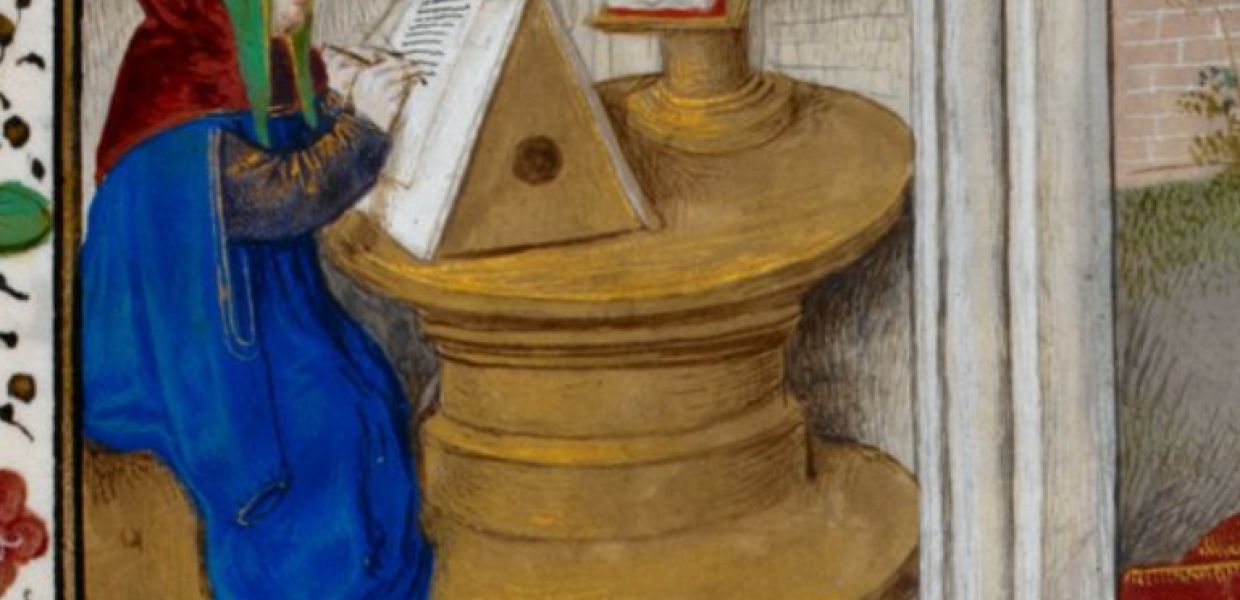Making Europeana Collections multilingual
It’s easy to search for something on Europeana Collections and see results in your own language. Ongoing developments are helping to make those results richer by including results from other languages too.

- Title:
- Translator at work from BL Royal 16 G III, f. 8
- Creator:
- Jean Aubert
- Institution:
- British Library
- Country:
- United Kingdom
- Copyright:
- Public Domain
Europeana Collections contains material from galleries, libraries, archives and museums in all 28 EU member countries - and more. The website can be navigated in 27 languages, and it’s easy to search for items described in your own language. Ongoing developments will help people to find what they’re looking for - even if it’s described in another language.
In total, 37 languages are used to describe the collections. However, more than half of all the material (57%) uses one of just five languages - English, German, Dutch, Norwegian or French.
When there is appropriate information available, established vocabularies (other sets of data) are used to link in extra information to a collection item, such as multilingual labels, or different variants of names for people and places. This makes it easier for people to search for and find items on Europeana Collections. Some examples of these vocabularies are the Art & Architecture Thesaurus (Getty Research Institute), DBpedia and Wikidata.
The quality standard, the Europeana Publishing Framework, has recently been revised to encourage the people who work on metadata to include elements like titles translated into multiple languages, and context like place names (which are themselves multilingual), as well as important language tags to show which language is being used. With these tags present, more automatic linking and translation processes can be implemented.
Europeana’s partners are working to translate significant documents such as the Europeana Publishing Framework and Europeana’s rights statements into more languages so that the professionals using them have a better understanding of them.
Making Europeana more multilingual is a priority. In the past year, we carried out a pilot project with the eTranslation team - another European Union-funded DSI project. We're now building on that pilot with further experimentation activities with a view to taking advantage of the project’s automatic translation potential for Europeana.
A two-day event this October under Finland’s presidency of the Council of the EU will see the Europeana Foundation and the Finnish Ministry of Education and Culture focussing on needs, expectations and ways forward for multilingualism in digital cultural heritage.

